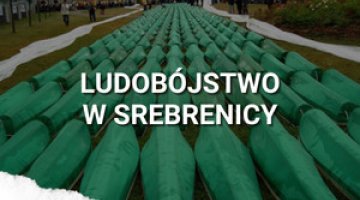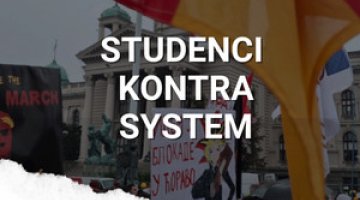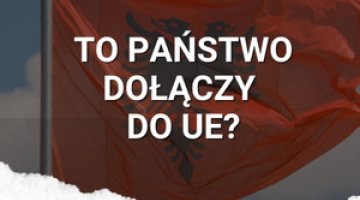Protests in Serbia: civil disobedience and government repressions
Protests in Serbia have entered their eighth month, sparked by the collapse of the canopy of Novi Sad railway station on 1 November 2024. Demonstrators are now demanding a snap election, a demand categorically rejected by the government. In response, the student movement – that has so far played a pivotal role in organising the demonstrations – has called for decentralised acts of civil disobedience. This has led to blockades of major transport arteries, bridges and motorways, along with protest actions across the country, including in Novi Sad, Belgrade, Niš, Užice and Novi Pazar. The government has attempted to suppress these actions through the intervention of the police and gendarmery (a notable shift, as law enforcement agencies had previously refrained from responding to the recurring protests). According to the CRTA monitoring centre, around 600 people have been detained over the past month. However, these crackdowns have only provoked further opposition, particularly in reaction to police brutality and the wave of arrests.
Government efforts to restore normal operations at universities have yielded only partial results, and despite the increasingly harsh repression of protesters, the political situation in the country remains unstable. Due to high temperatures and the summer holiday period, fewer people are taking to the streets, but demonstrations are still being held daily and are expected to intensify in the autumn.
Commentary
- Despite the deepening political crisis and paralysis of the higher education system, the government has made no concessions to the protesters. The executive, controlled by President Aleksandar Vučić, has rejected demands to investigate the canopy collapse at the Novi Sad railway station and hold those responsible to account (see: ‘Protests in Serbia: a crack in Vučić’s system of political dominance’), as well as calls for a new parliamentary election. The government’s strategy of waiting out the unrest – combined with behind-the-scenes pressure on participants in the protests who are dependent on the public sector – has failed to produce results. A mass demonstration in Belgrade on 28 June, the second largest in Serbia’s history, showed that, despite widespread fatigue, part of society remains determined to continue the protests. The movement is now being coordinated by local communities (known as zbori) and grassroots activists.
- The government is increasingly determined to suppress the protests. To this end, pro-government media have intensified propaganda aimed at discrediting the demonstrators, accusing them of attempting to overthrow the constitutional order under the influence of foreign powers (such as Germany or the United Kingdom). The police have begun imposing mass fines on participants, with growing numbers of arrests and charges brought against random individuals. In certain locations, protests are being blocked with the use of significant police force, resulting in beatings and bodily injuries. Business owners who support the demonstrations are subjected to repeated inspections and even property damage carried out by unknown perpetrators. President Vučić himself pardoned, among others, members of the ruling party accused of violently attacking students – an act widely interpreted as an encouragement to assault protest supporters and a guarantee of impunity. A further escalation of violence against the protesters can be expected, with the government likely to test what level of repression will remain acceptable to its Western partners, including the EU, which Serbia continues to claim it aspires to join.
- In parallel, the government is attempting to break up the student movement and restore the normal functioning of the universities. Since the end of November, no classes have been held due to student sit-in strikes (see: ‘Students vs the system – protest strategies in Serbia’). Under economic pressure (notably, significant salary cuts), academic staff have resumed teaching, but only online. Exams are also being organised in an attempt to enable universities to reopen for the new academic year. These efforts are aimed at fueling the division among students, who have so far managed to maintain a unified stance on the direction of the protest movement, despite ideological differences. It is currently difficult to assess how effective these measures have been, how many students are actually participating in classes, and whether normal academic operations can be restored in the upcoming academic year, which is expected to begin with a delay (in November).
- The months-long protests have led to a decline in support for the ruling Serbian Progressive Party (SNS). According to a CRTA poll, 51% of respondents are dissatisfied with the work of the government, and 56% do not trust the president. While the ruling party secured narrow victories in local elections in Zaječar and Kosjerić in early June, this was achieved only through the full mobilisation of the state and party apparatus, as well as the investment of substantial financial resources (both in pre-election initiatives and vote-buying). CRTA observers reported numerous irregularities during the electoral process. On the other hand, strong networks of cooperation, support, and coordinated action have developed among opponents of the ruling bloc. Nevertheless, the movement remains highly heterogeneous, which makes it difficult to transform it into a cohesive political force or to develop a long-term strategy for contesting those in power.




